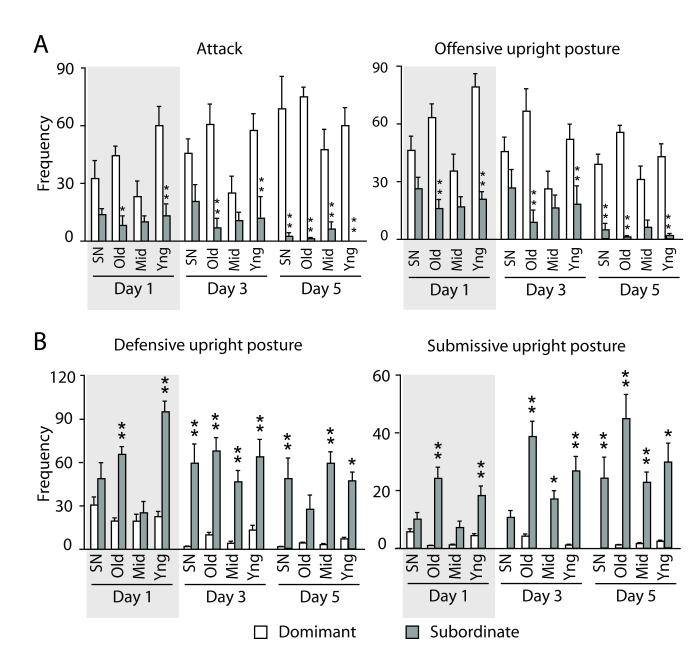Figure 2. Agonistic behavior in adulthood.
(A) and (B) The prompt ability to become either dominant or subordinate in a dyadic interaction is considered as an index of agonistic competencies. Such ability emerged at different time points in the different experimental groups both for offensive and defensive behaviors. The Old and the Young (Yng) group showed a significant difference in behavior between dominants and subordinates on the first day of agonistic interaction, while in the other groups this difference became significant only on the fifth encounter. Gray boxes highlight the first day of social interactions. (A) Offensive behaviors. (B) Defensive behaviors. Standard nesting (SN), Old, Middle (Mid) and Young dominants, respectively n= 6, 12, 10 and 13; subordinates, respectively n= 13, 8, 8 and 5. The cage was considered as the statistical unit.* and ** = respectively p < 0.05 and < 0.01 subordinate vs. dominant. Data shown are means ± SEMs.

